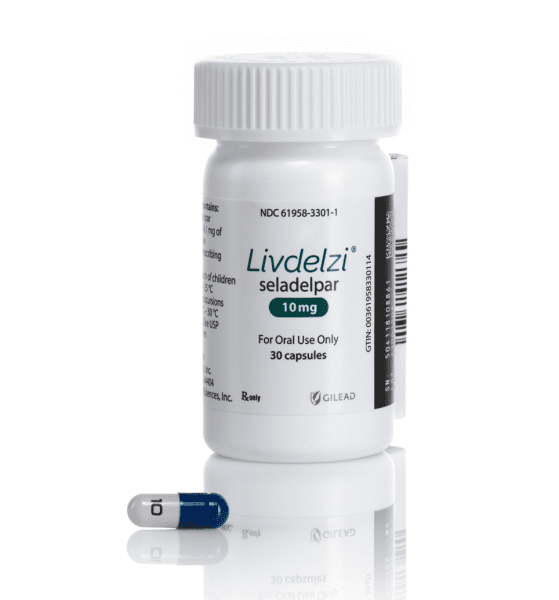Seladelpar Disease Interactions
There are 3 disease interactions with seladelpar.
Seladelpar (applies to seladelpar) biliary obstruction
Moderate Potential Hazard, Moderate plausibility.
Seladelpar should be avoided in patients with complete biliary obstruction. If biliary obstruction is suspected this drug should be interrupted and treatment started as clinically indicated.
Seladelpar (applies to seladelpar) dialysis
Moderate Potential Hazard, Moderate plausibility. Applicable conditions: hemodialysis
The use of seladelpar in patients with end-stage renal disease undergoing dialysis has not been studied.
Seladelpar (applies to seladelpar) liver disease
Moderate Potential Hazard, Moderate plausibility.
The safety and efficacy of seladelpar in patients with decompensated cirrhosis have not been established and its use is not recommended in patients who have or develop decompensated cirrhosis (e.g., ascites, variceal bleeding, hepatic encephalopathy). No dose adjustment is recommended in patients with mild liver dysfunction, but discontinuation of treatment should be considered in any patients progressing to moderate or severe liver dysfunction (Child-Pugh B or C).
Switch to professional interaction data
Seladelpar drug interactions
There are 151 drug interactions with seladelpar.
More about seladelpar
- seladelpar consumer information
- Check interactions
- Compare alternatives
- Side effects
- Dosage information
- Drug class: miscellaneous metabolic agents
- En español
Related treatment guides
Drug Interaction Classification
| Highly clinically significant. Avoid combinations; the risk of the interaction outweighs the benefit. | |
| Moderately clinically significant. Usually avoid combinations; use it only under special circumstances. | |
| Minimally clinically significant. Minimize risk; assess risk and consider an alternative drug, take steps to circumvent the interaction risk and/or institute a monitoring plan. | |
| No interaction information available. |
See also:
Further information
Always consult your healthcare provider to ensure the information displayed on this page applies to your personal circumstances.


